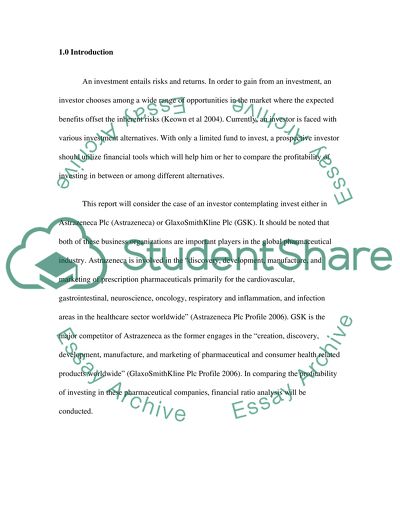Cite this document
(Financial Performance Comparison: Astrazeneca Plc and GlaxoSmithKline Case Study, n.d.)
Financial Performance Comparison: Astrazeneca Plc and GlaxoSmithKline Case Study. Retrieved from https://studentshare.org/finance-accounting/1499369-financial-performance-comparison
Financial Performance Comparison: Astrazeneca Plc and GlaxoSmithKline Case Study. Retrieved from https://studentshare.org/finance-accounting/1499369-financial-performance-comparison
(Financial Performance Comparison: Astrazeneca Plc and GlaxoSmithKline Case Study)
Financial Performance Comparison: Astrazeneca Plc and GlaxoSmithKline Case Study. https://studentshare.org/finance-accounting/1499369-financial-performance-comparison.
Financial Performance Comparison: Astrazeneca Plc and GlaxoSmithKline Case Study. https://studentshare.org/finance-accounting/1499369-financial-performance-comparison.
“Financial Performance Comparison: Astrazeneca Plc and GlaxoSmithKline Case Study”, n.d. https://studentshare.org/finance-accounting/1499369-financial-performance-comparison.


